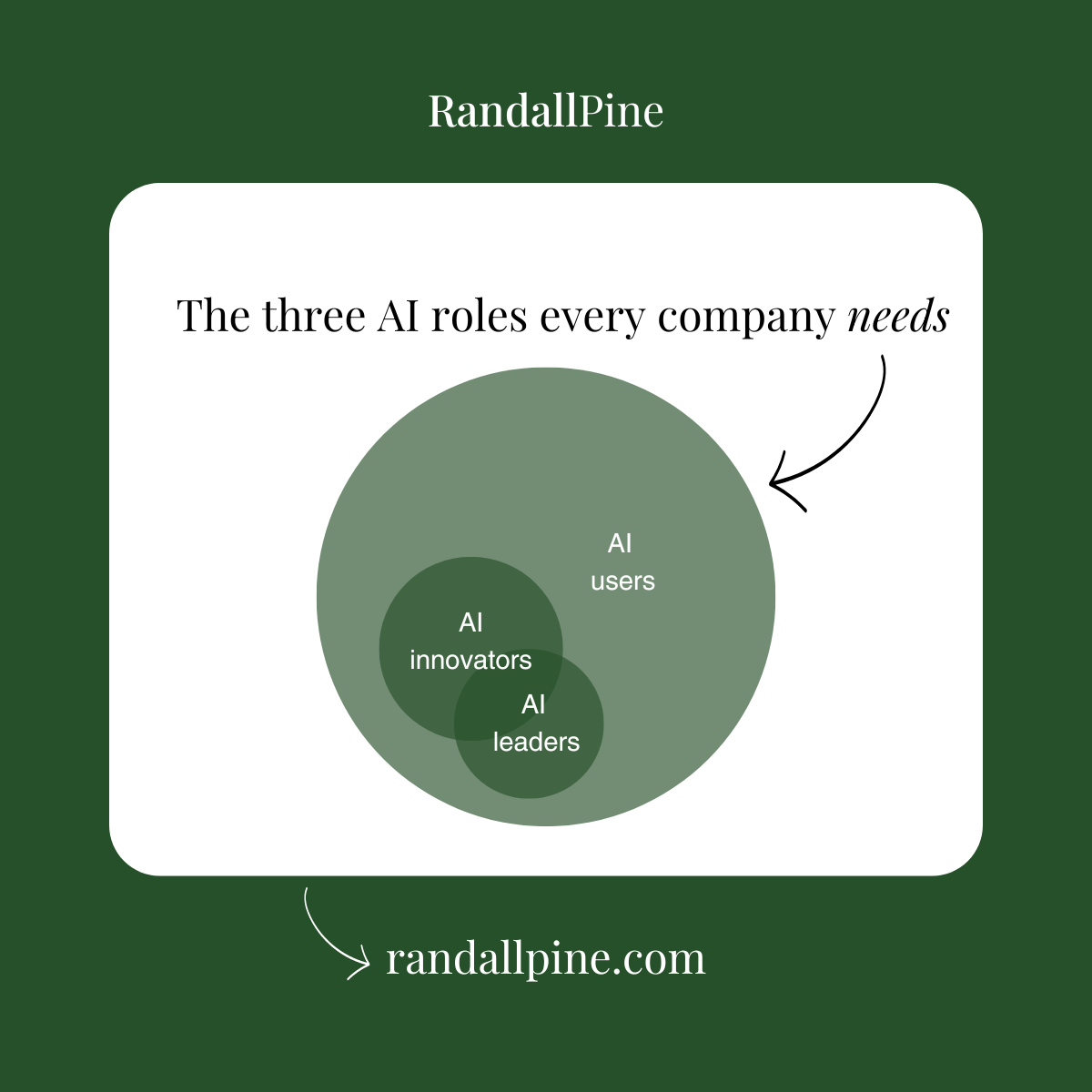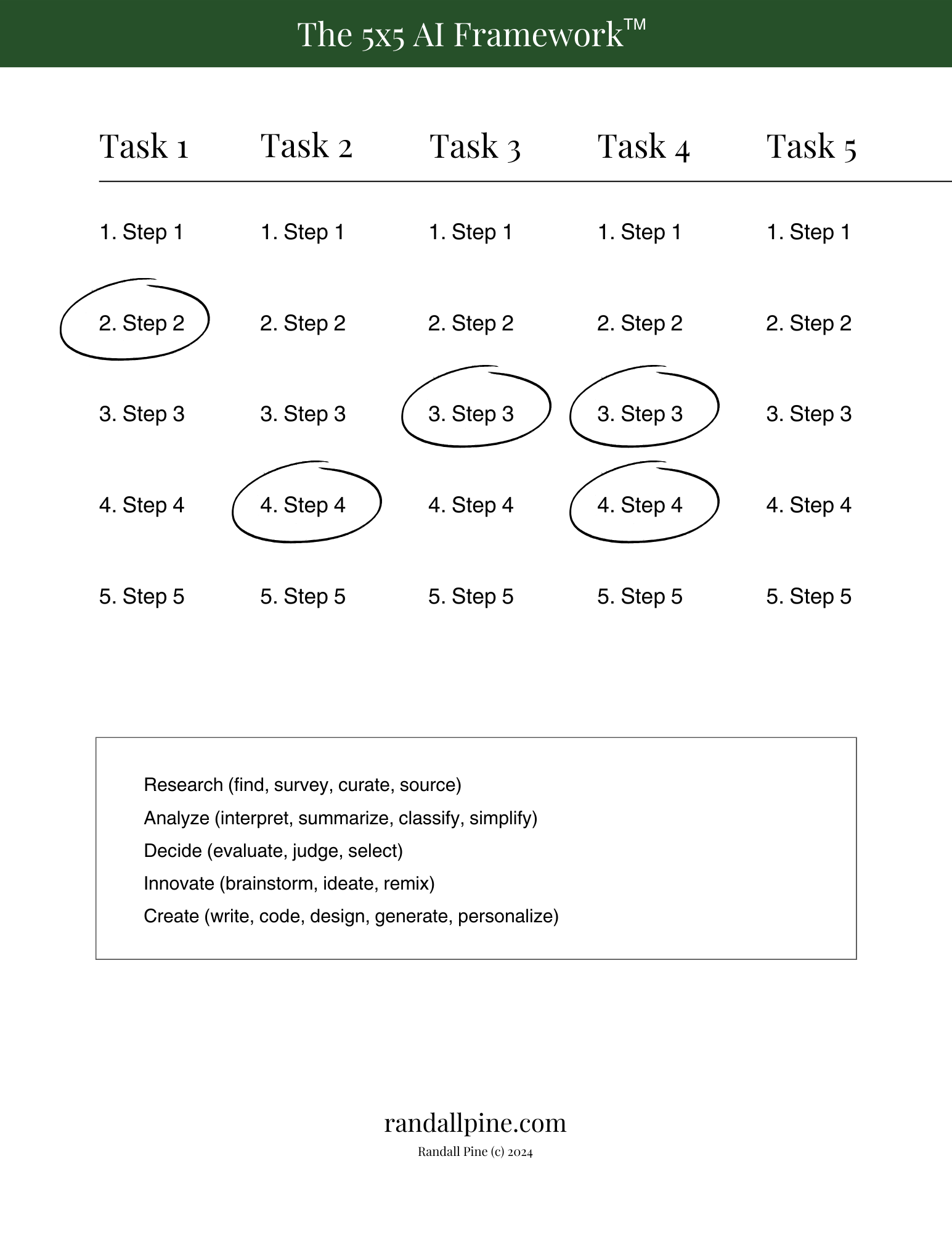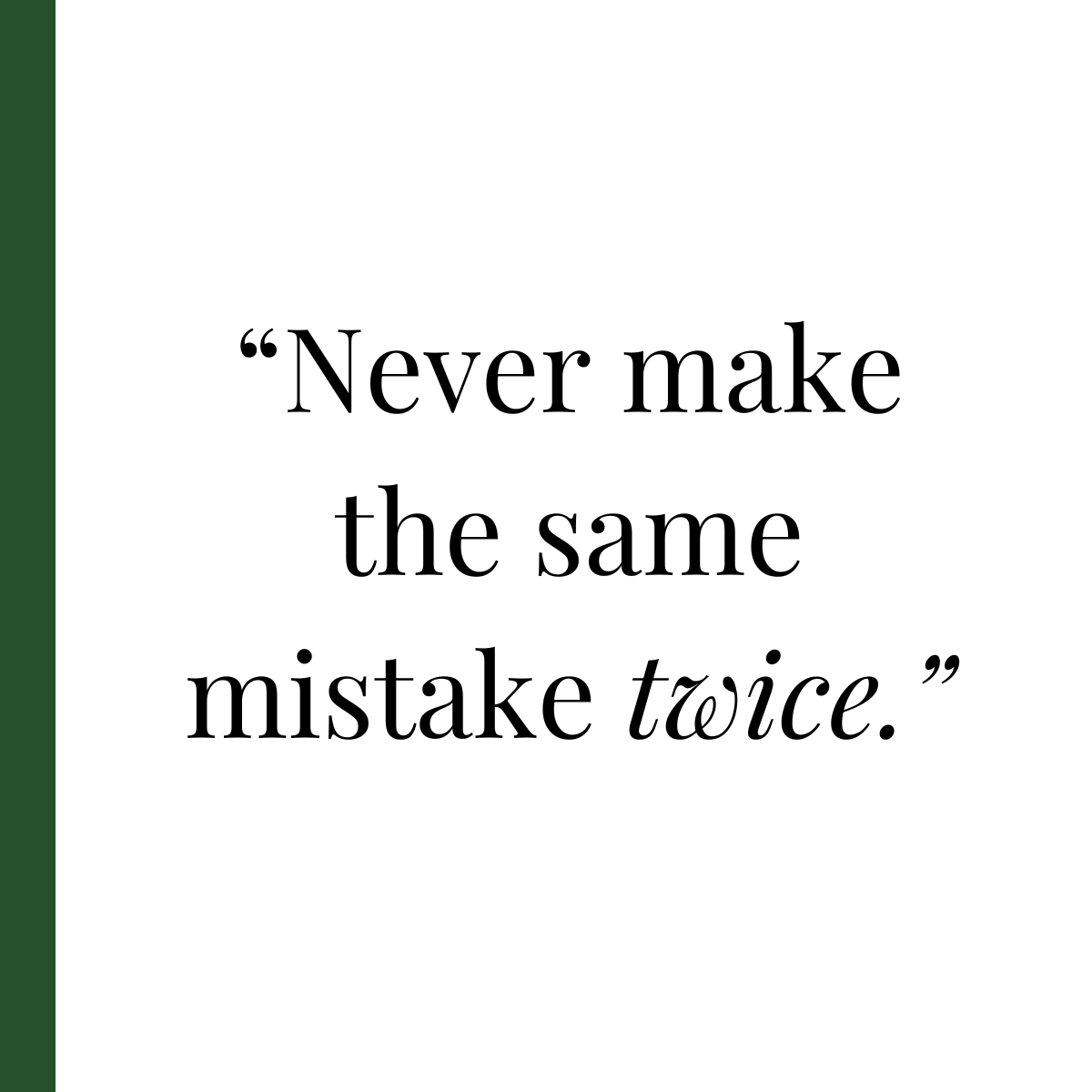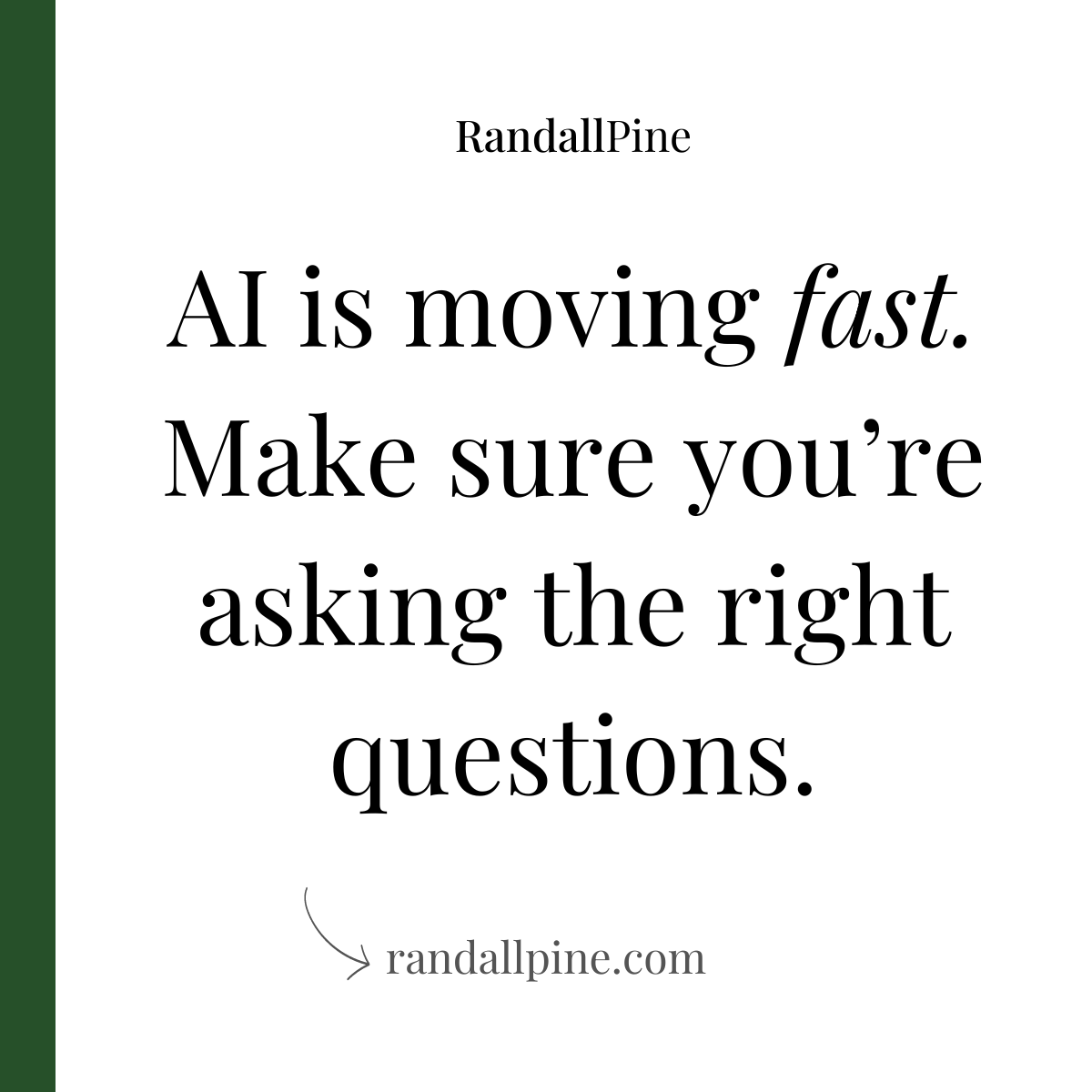Technology problems are rarely technology problems.
I spent nearly 10 years working at HubSpot’s first agency partner, Ready North (then PR 20/20). Much of what we did was onboarding new HubSpot customers, educating them about inbound marketing, and helping them set up and scale marketing automation. I've spent most of my 15-year career guiding companies through the complexities of digital transformation.
And believe me: Technology problems are rarely technology problems. About 20% of the time, the issues we ran into stemmed from a glitch, an outage, or the software’s capabilities.
The other 80% of the time, the issues centered around:
- “Our CEO/sales/IT/legal isn’t fully on board with this new approach yet.”
- “Our company isn’t aligned on our goals for this quarter.”
- “We’re not totally confident in our website tracking/marketing analytics/CRM data.”
- “We don’t have a consistent process for that.”
- “We can’t get marketing and sales to agree on who our ideal customer is/who should handle the outreach/when the handoff should occur.”
- “The leadership team just reversed their decision on that strategy/that messaging/that campaign.”
- “Our team can’t agree on which KPIs matter.”
… In other words, buy-in problems. Data problems. Alignment problems. Strategy problems. Process problems. Communication problems.
People problems.
Why? Well, because change is hard. Because human beings are complex. Because there often aren’t easy, one-size-fits-all answers.
And so now, as companies prepare for more widespread AI adoption, it’s worth keeping in mind:
It’s time to prioritize your people problems. Because technology problems are rarely technology problems.
What to focus on now
The pace of change can feel frenetic right now. So where should business leaders put their focus? Four main areas:
- Education and training: First and foremost, companies need to prioritize top-down training in AI. I’ve said before: your company’s ability to evaluate AI’s capabilities — and recognize its risks — is directly proportional to your understanding of AI.
- Strategy: Clarify your goals for AI adoption, and refine the systems your company uses to set and execute its strategy. Are your teams' strategies aligned? Are your company leaders strong critical thinkers? In order to move from doing the work to managing the work, your team needs a deep bench of strategic and critical thinkers.
- Process: If your business is lacking systems and processes, now is the time to fix that. Process is needed to catch AI hallucinations. Process will transform AI prompts into repeatable prompt SOPs. Process is the key to unlocking more AI use cases.
- Communication: Talk with your team about why you’re using AI. Talk about how to use AI. Talk about when and where to use AI. Talk about what you’re learning about AI. Talk about your experiences, your successes, your failures. And if your company doesn’t have the platform, the processes, or the culture of open, honest communication, then make this your top priority. Because the pace of change is too fast to be working in silos.
Which of these feels most urgent to you? What do you need to address in your company?
Not sure? Fast forward one year and assume that your company's AI adoption has failed. What's the most likely reason why?
Fast-track your company's responsible AI adoption with The 30-Day AI Ops Jumpstart.
Our team can help to help you:
- Pinpoint the best use cases for your company.
- Identify potential AI pilot projects.
- Standardize and centralize your top use cases in a prompt library.
- Develop a plan to put AI into action.







